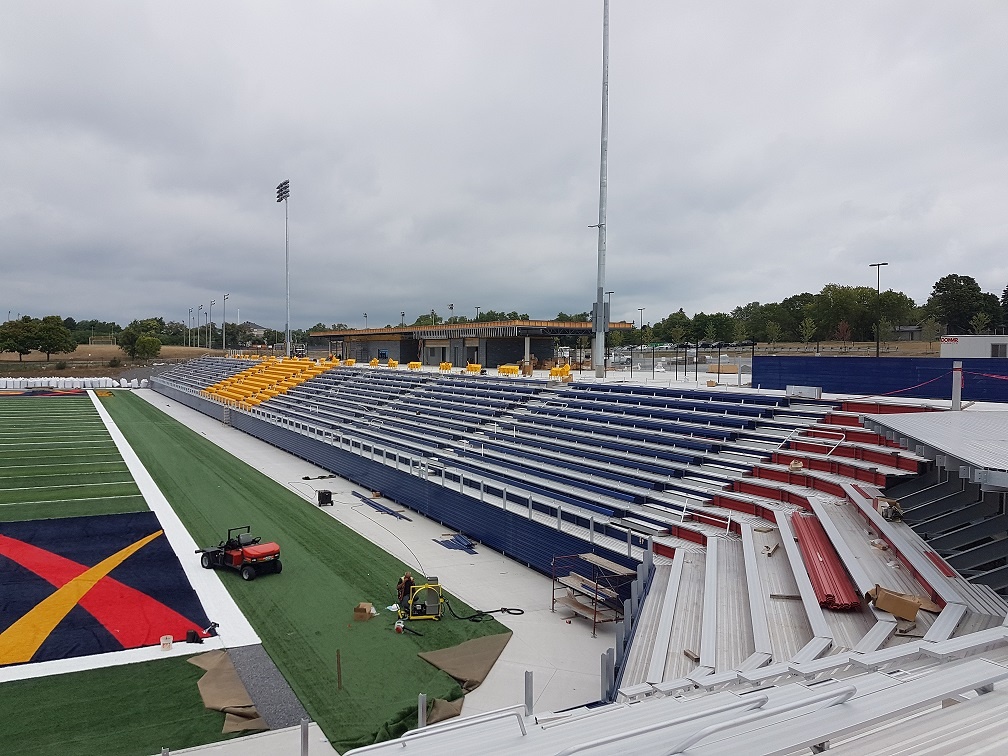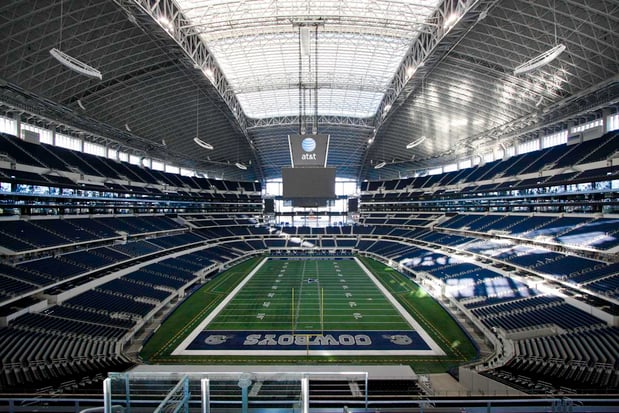
Bowl seating concept our team designed for Richardson Stadium at Queen's University
Browsing through the sports column of your favourite newspaper or website these days, we can’t ignore the amount of stadium builds and re-designs being covered. What used to be strictly an issue of safety for outdated facilities has now morphed into a crowd-focused undertaking by many amateur and professional sports clubs and franchises.
Today’s sports fan places a great deal of emphasis on attaining the most memorable experience possible. Where ticket stubs were once the only souvenir many got to take away from viewing a game, spectators are now leaving with the unforgettable memory of feeling like they were a part of the action.
With this in mind, the strategic design of bowl seating for both indoor and outdoor venues has expanded exponentially and is in high demand by those aiming to satisfy their spectators’ hunger for a genuine sporting experience.
Bigger Is Not Always Better
While this does not apply to every facility (see AT&T Stadium), it does apply to a great deal of teams and franchises around the world who are opting, surprisingly, for fewer seats rather than more. Nothing looks worse than a half-full stadium and many are realizing it not only negatively affects the franchise’s bottom line, but also the morale of the paying members of the crowd.

AT&T Stadium, Home of the Dallas Cowboys can seat up to 80,000 spectators, but is expandable to accomodate upwards of 100,000 fans
Today, arenas and stadiums alike are opting for bowl seating with fewer seats and an enhanced design determined to bring spectators into the action.
The results?
Many of these stadiums and arenas now experience more sellout crowds than ever before.
Sightlines
In some circles, the calibre of the spectators’ line of sight or sightline is referred to as the “c-value”. To determine this value, many architects employ a formula that takes into account factors such as the imaginary horizontal line that can be drawn from each spectator’s location to the playing surface, the height of the spectator’s eye level in relation to the playing field, riser height levels for each row, and the depth of each row of seating.

With spectator experience in mind, many facility owners and operators are aiming at increasing the c-value or enhanced sightlines from each and every seat in their venue.
.png)
